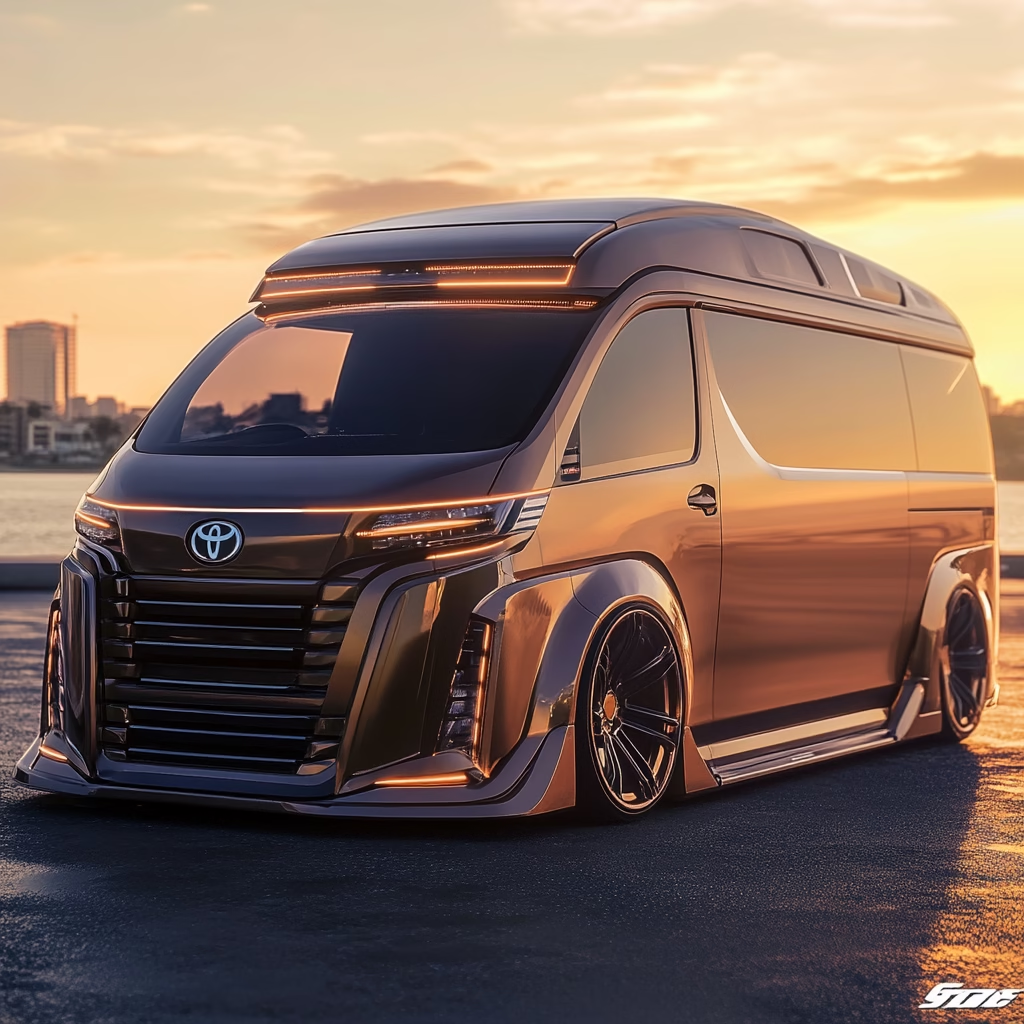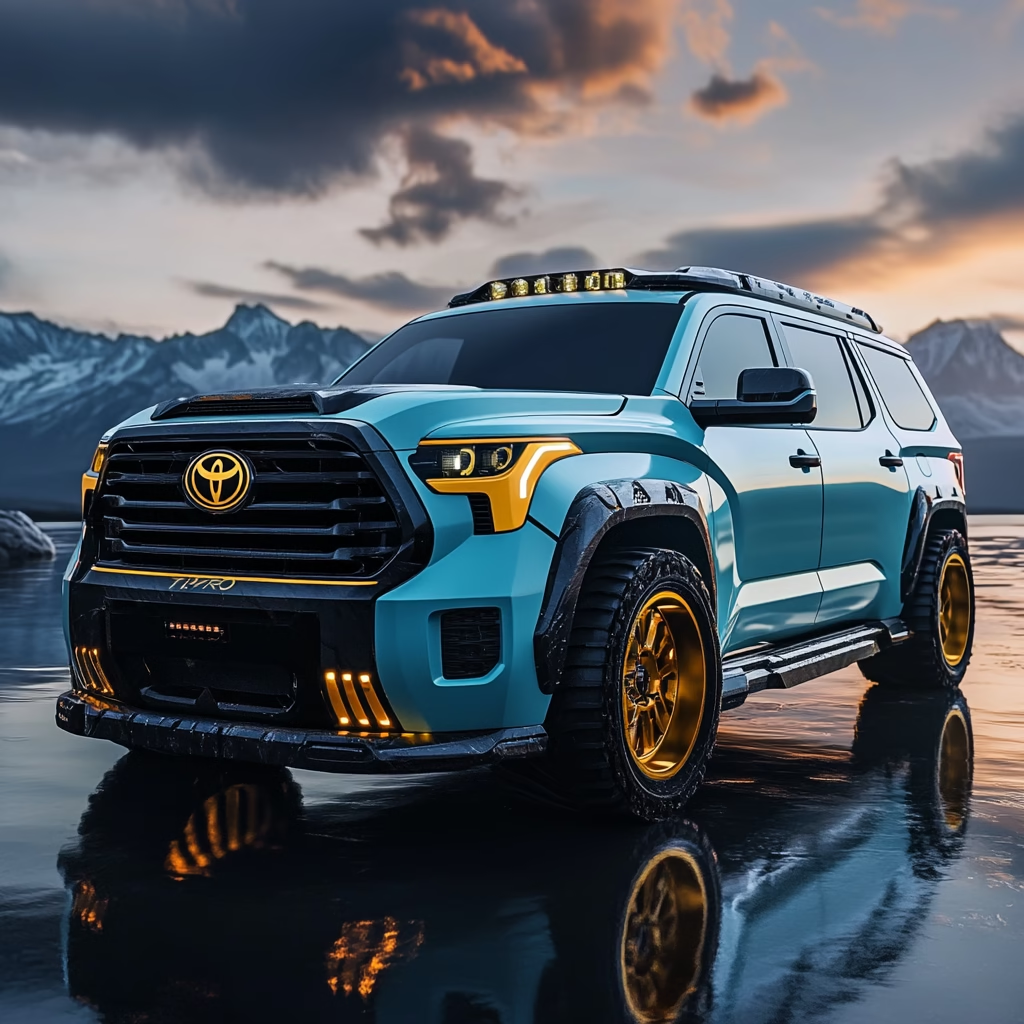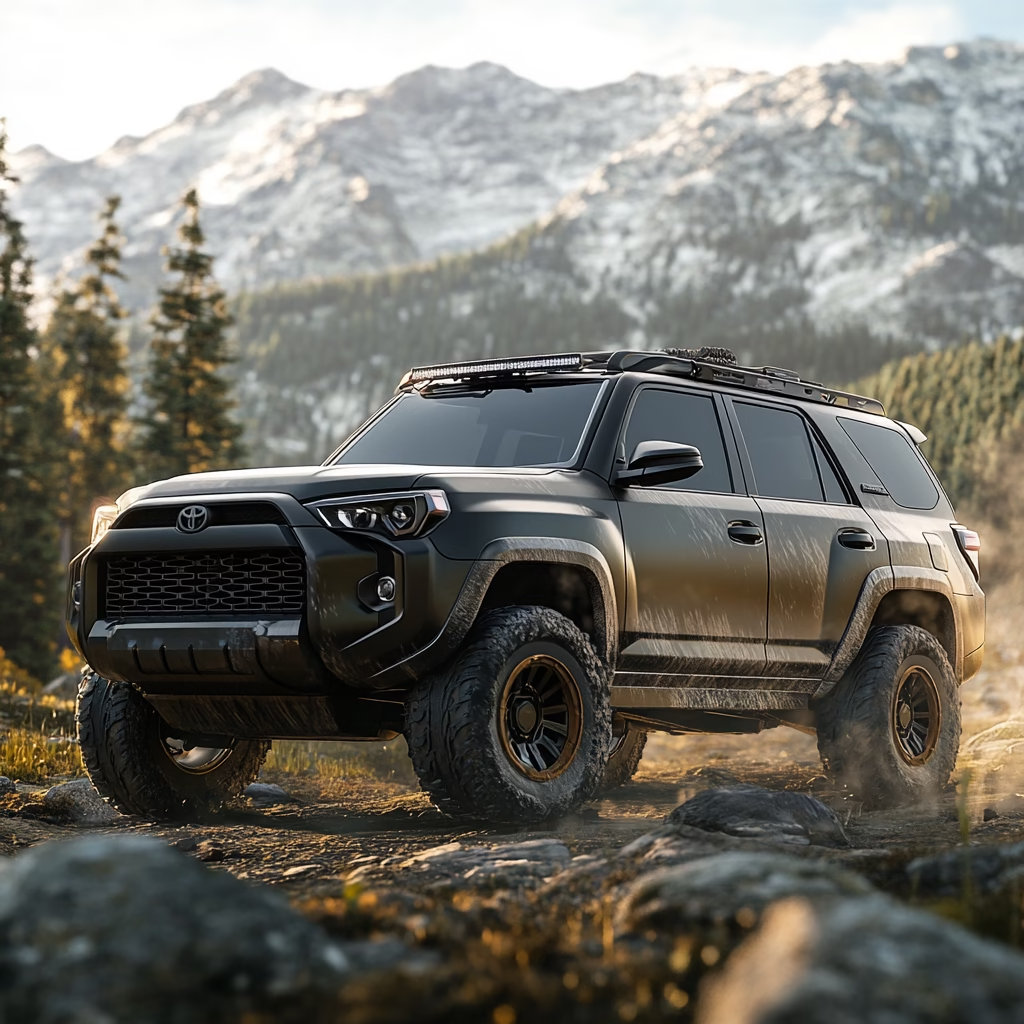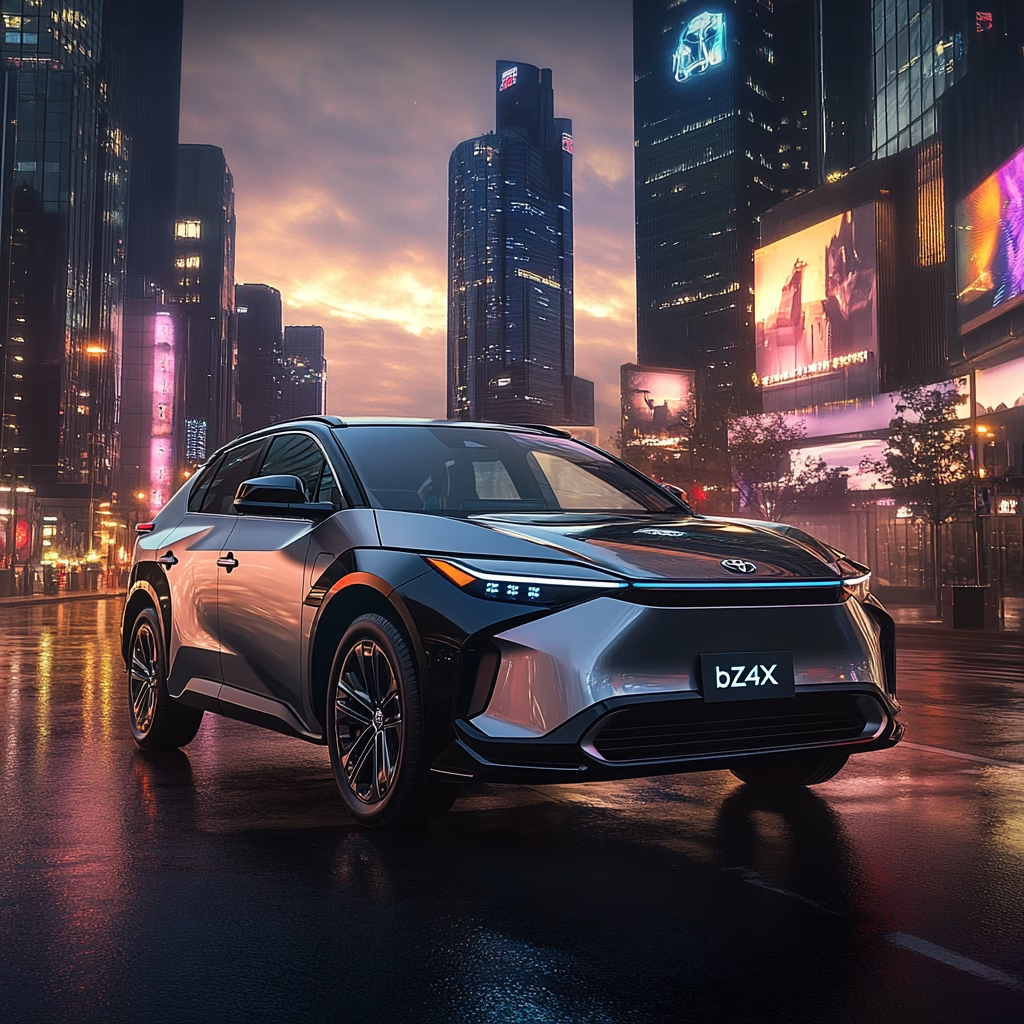The Toyota HiAce has long dominated the commercial van market across Asia, Oceania, and parts of Europe and Africa. As we look ahead to the 2026 model year, Toyota appears ready to introduce significant updates to this venerable workhorse. With the commercial vehicle landscape rapidly evolving toward electrification and enhanced technology, the 2026 HiAce is positioned to maintain Toyota’s competitive edge. This article examines what we currently know about the upcoming model, from its potential design refreshes to powertrain options and technological advancements.
A New Design Direction for the Toyota HiAce
Exterior Styling Updates
The Toyota HiAce has maintained its recognizable silhouette for decades, with practicality driving most design decisions. For 2026, industry insiders expect Toyota to introduce a more modern aesthetic while preserving the van’s essential functionality. The front fascia will likely adopt styling cues from Toyota’s current design language, featuring sleeker LED headlights and a more pronounced grille similar to other recent Toyota commercial vehicles.
Spy photos suggest a slightly more aerodynamic profile, with smoother contours and potentially redesigned side panels. These adjustments aim to improve fuel efficiency without compromising the HiAce’s signature boxy shape that maximizes interior volume. New wheel designs and additional color options will likely round out the exterior updates.
Interior Refinements
Inside, the 2026 HiAce is expected to receive meaningful upgrades focused on driver comfort and passenger convenience. The dashboard may adopt a more car-like design with improved materials and a more intuitive layout. Commercial operators will appreciate the expected inclusion of more storage compartments, adjustable seating configurations, and enhanced accessibility features.
Toyota is also likely to address one of the main criticisms of previous HiAce generations by improving sound insulation and ride comfort. This would make the van more suitable for passenger transport applications in addition to its traditional cargo-carrying role.
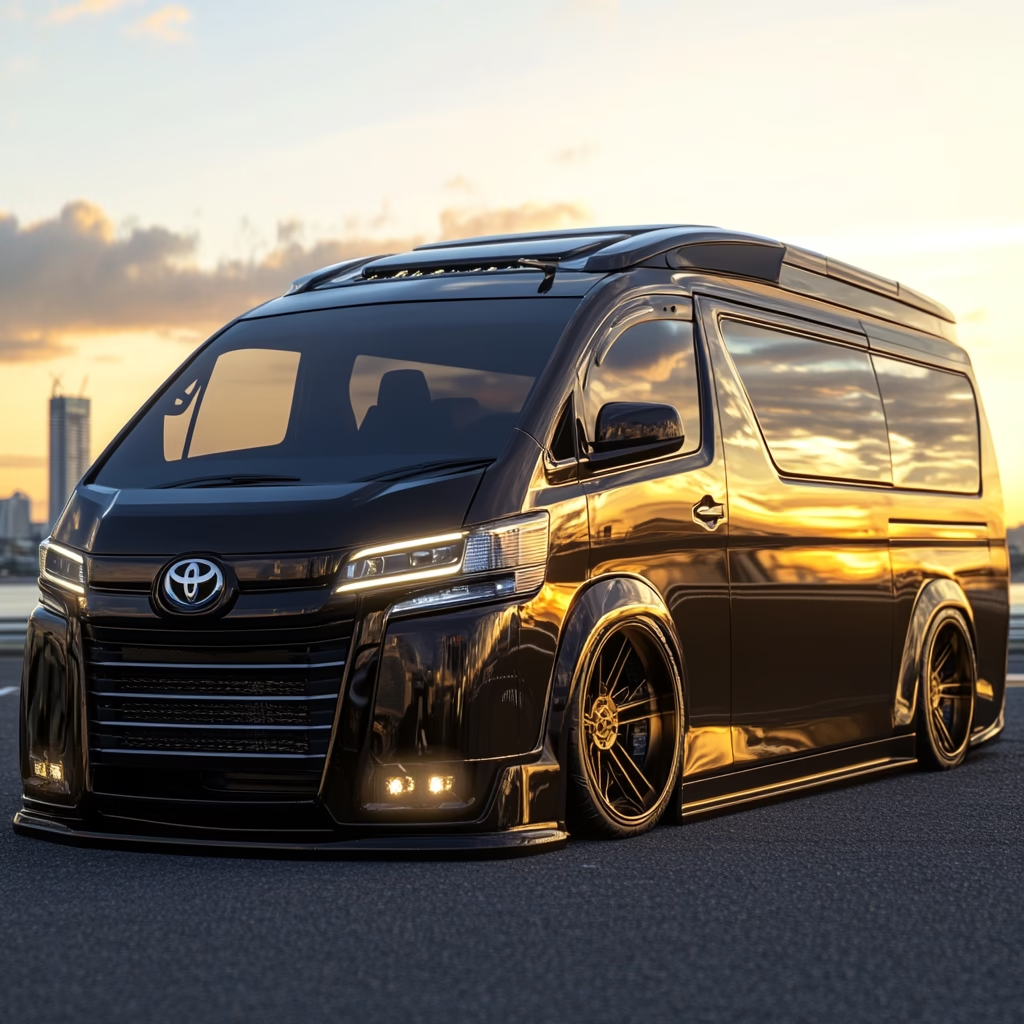
Powertrain Options: Embracing Electrification
Hybrid Technology
One of the most significant anticipated changes for the 2026 Toyota HiAce is the introduction of hybrid powertrain options across most variants. Toyota’s expertise in hybrid technology will likely translate to a system optimized for commercial applications, balancing performance with economy.
The hybrid powertrain might utilize a 2.5-liter four-cylinder engine paired with one or more electric motors, similar to the system used in the current Toyota RAV4 Hybrid but tuned for commercial vehicle duty cycles. This could deliver approximately 200 combined horsepower while significantly reducing fuel consumption compared to the current diesel and gasoline options.
Electric HiAce Possibility
Following Toyota’s accelerated commitment to electrification announced in late 2023, a fully electric HiAce variant seems increasingly likely for the 2026 model year. This would position the HiAce to compete with emerging electric commercial vans from other manufacturers.
The electric HiAce might offer a range of approximately 200-250 miles (320-400 km) on a single charge, making it suitable for urban delivery routes and other commercial applications where vehicles return to a central depot each day. Fast-charging capabilities would allow for 80% charge in approximately 30-40 minutes, minimizing downtime during working hours.
Diesel and Gasoline Options
Despite the push toward electrification, Toyota recognizes that many commercial customers still require conventional powertrains, especially in regions with limited charging infrastructure. The 2026 HiAce will likely continue to offer updated versions of the reliable 2.8-liter turbodiesel and 3.5-liter V6 gasoline engines, albeit with improved efficiency through refinements to the engine management systems and possibly mild-hybrid assistance.
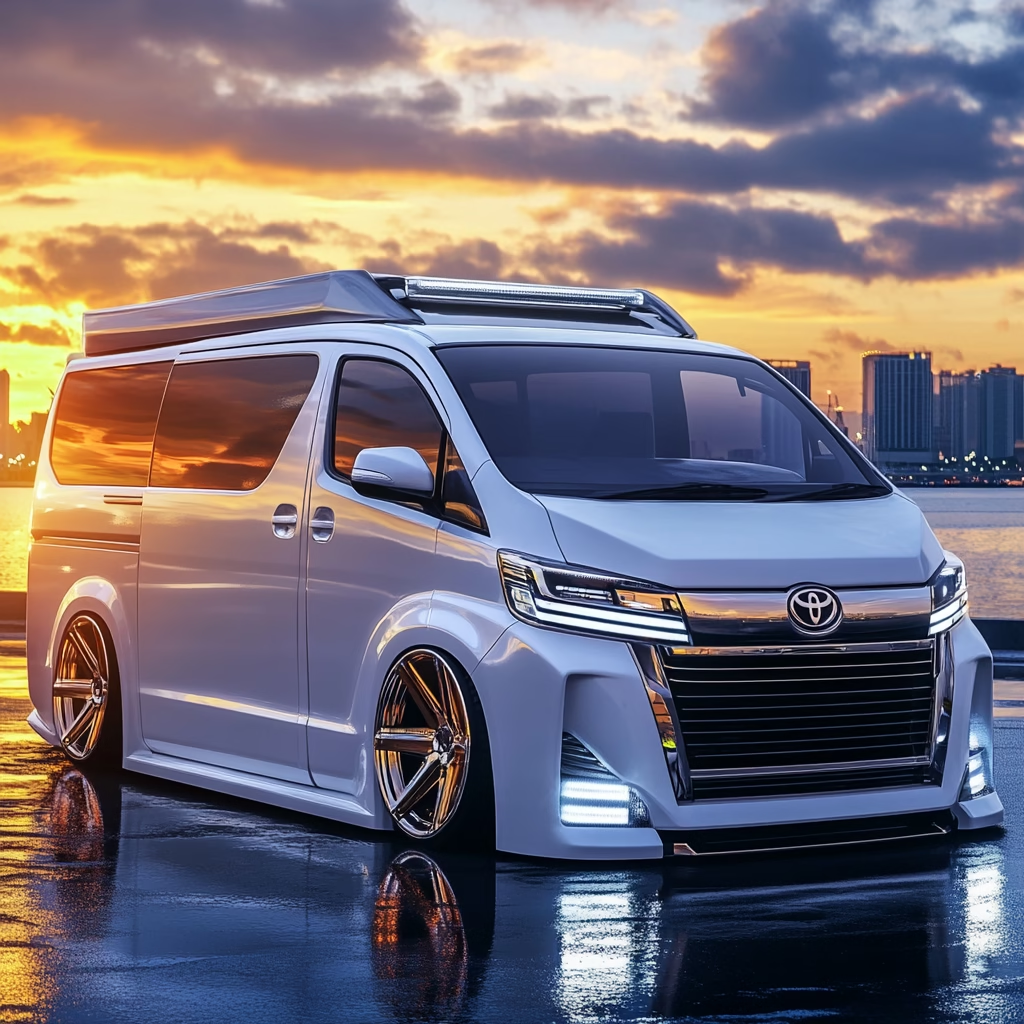
Technology and Connectivity Advancements
Toyota Safety Sense 4.0
Safety is increasingly important in the commercial vehicle sector, and the 2026 HiAce is expected to incorporate Toyota’s latest Safety Sense 4.0 suite of driver assistance features. This comprehensive package may include:
- Advanced pre-collision system with pedestrian and cyclist detection
- Dynamic radar cruise control optimized for commercial applications
- Lane departure alert with steering assistance
- Automatic high beams
- Road sign recognition
- Blind spot monitoring system specifically calibrated for larger vehicles
These features would represent a significant upgrade from the current HiAce’s safety equipment, addressing fleet operators’ growing focus on reducing accidents and insurance costs.
Connected Vehicle Services
The 2026 HiAce will likely integrate Toyota’s latest connected services platform, allowing fleet operators to monitor vehicle location, fuel consumption, maintenance needs, and driver behavior in real-time. This technology would enable more efficient fleet management and potentially lower operating costs.
For passenger transport applications, improved infotainment options with smartphone integration, Wi-Fi capability, and multiple USB charging ports are expected to become standard across most trim levels.
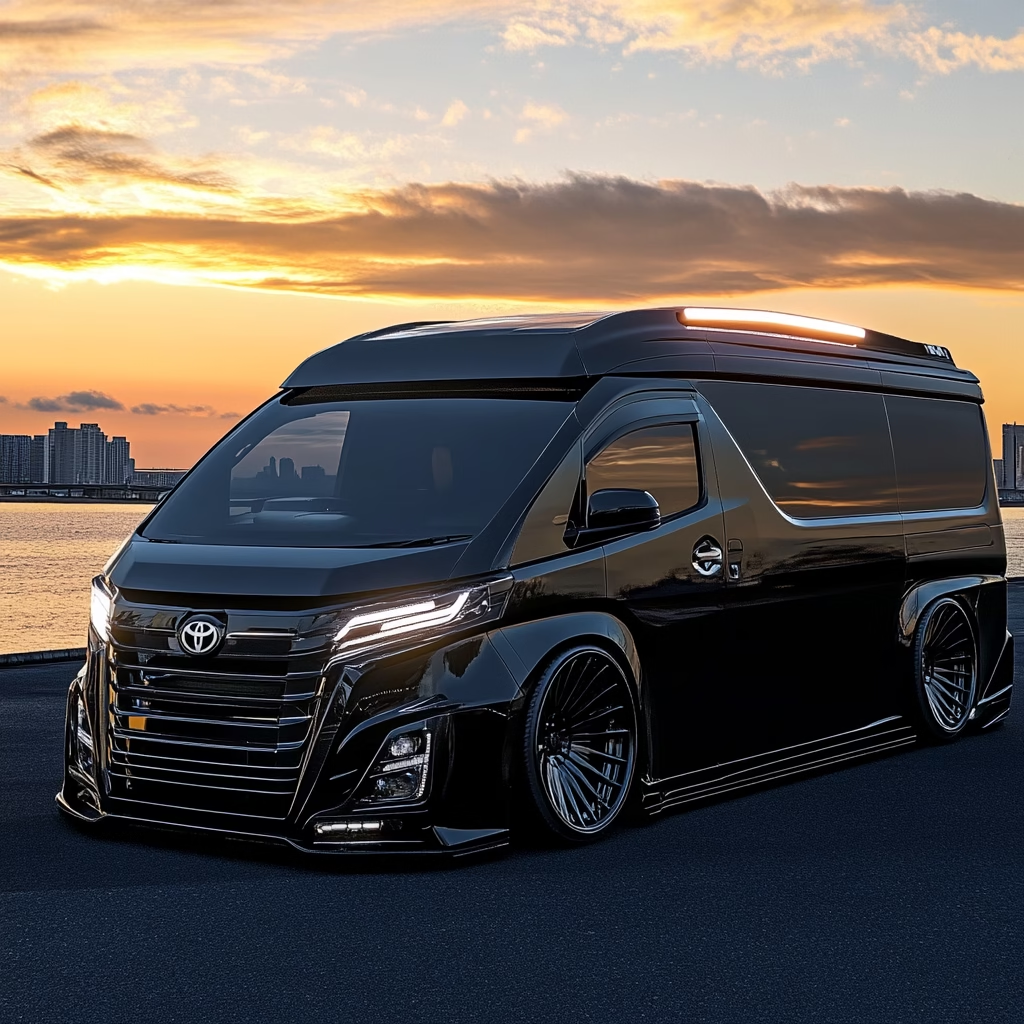
Versatility and Practicality Enhancements
Configurable Interior Space
Toyota understands that HiAce customers value versatility above all else. The 2026 model will likely offer even more interior configuration options, potentially including:
- Quick-release seating systems for passenger variants
- Modular interior attachment points for custom upfitting
- Improved access through wider sliding doors
- Enhanced rear door designs for easier loading and unloading
- Reinforced floor with integrated tie-down points
These features would make the HiAce even more adaptable to various commercial applications, from cargo delivery to passenger transport and specialized conversions.
Improved Payload and Towing Capacity
The 2026 HiAce is expected to offer increased payload capacity, with some variants potentially capable of carrying up to 1,800 kg (approximately 4,000 lbs). Towing capacity might also increase to around 2,500 kg (5,500 lbs) on properly equipped models, making the HiAce more versatile for businesses that need to transport both goods and equipment.
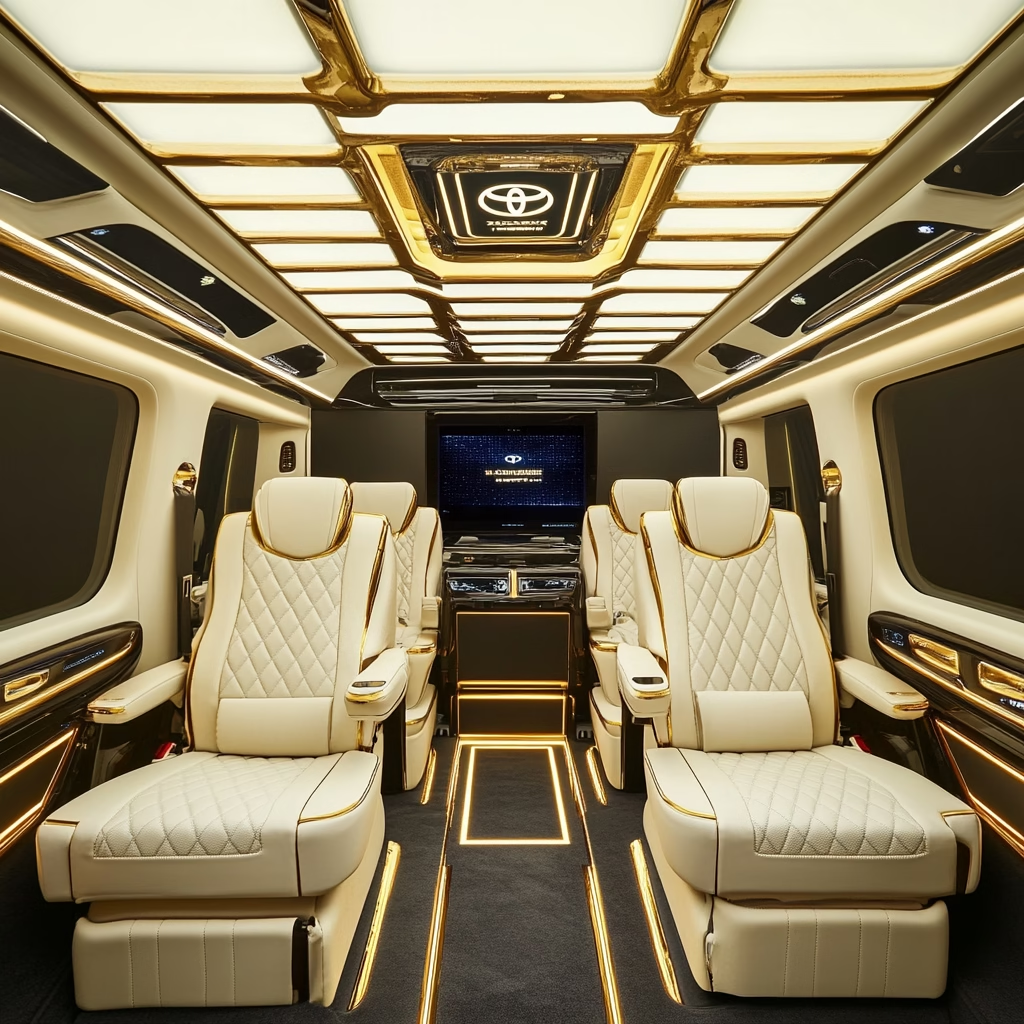
Market Position and Availability
Global Market Expansion
Historically, the HiAce has had limited availability in North American markets, but industry rumors suggest Toyota may be reconsidering this position for the 2026 model. With the growing demand for commercial vans in the United States and Canada, particularly for last-mile delivery services, Toyota could potentially introduce the HiAce to compete with established players like the Ford Transit and Mercedes-Benz Sprinter.
In its traditional strongholds across Asia-Pacific, Middle East, and select European markets, the 2026 HiAce will likely continue to offer market-specific configurations to meet local requirements and preferences.
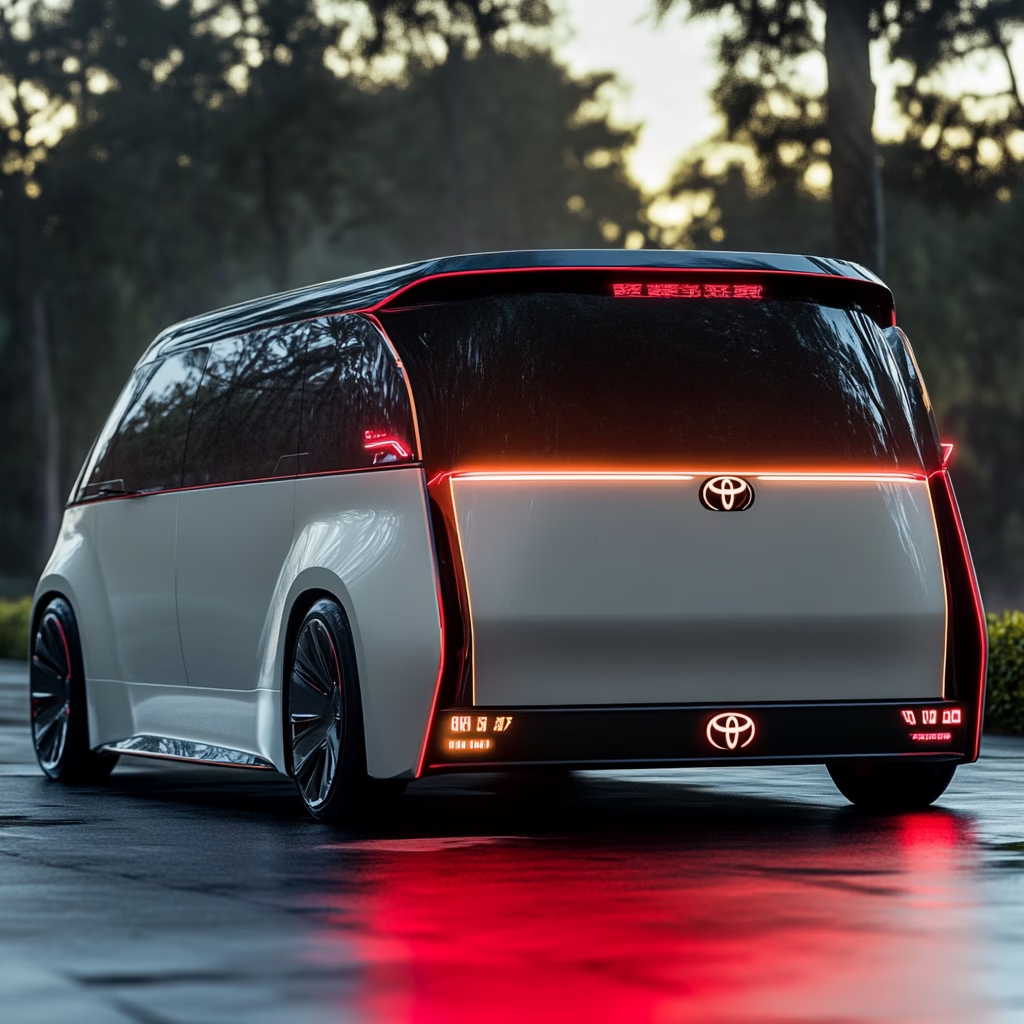
Conclusion: Toyota HiAce 2026 – Evolution of a Commercial Icon
The Toyota HiAce has built its reputation on reliability, practicality, and adaptability over multiple generations. The anticipated 2026 model looks set to continue this tradition while embracing modern technology and electrification to meet changing customer needs and regulatory requirements.
With its expected improvements in efficiency, safety, and connectivity, alongside Toyota’s legendary durability, the 2026 HiAce should remain a compelling option for commercial operators worldwide. Whether used as a delivery van, shuttle bus, mobile workshop, or converted camper, the next-generation HiAce appears poised to continue as a versatile solution for diverse transportation needs.
As we await official announcements from Toyota, commercial vehicle operators and fleet managers should begin considering how the advanced features of the 2026 HiAce might benefit their operations and potentially reduce total ownership costs through improved efficiency and enhanced resale values


